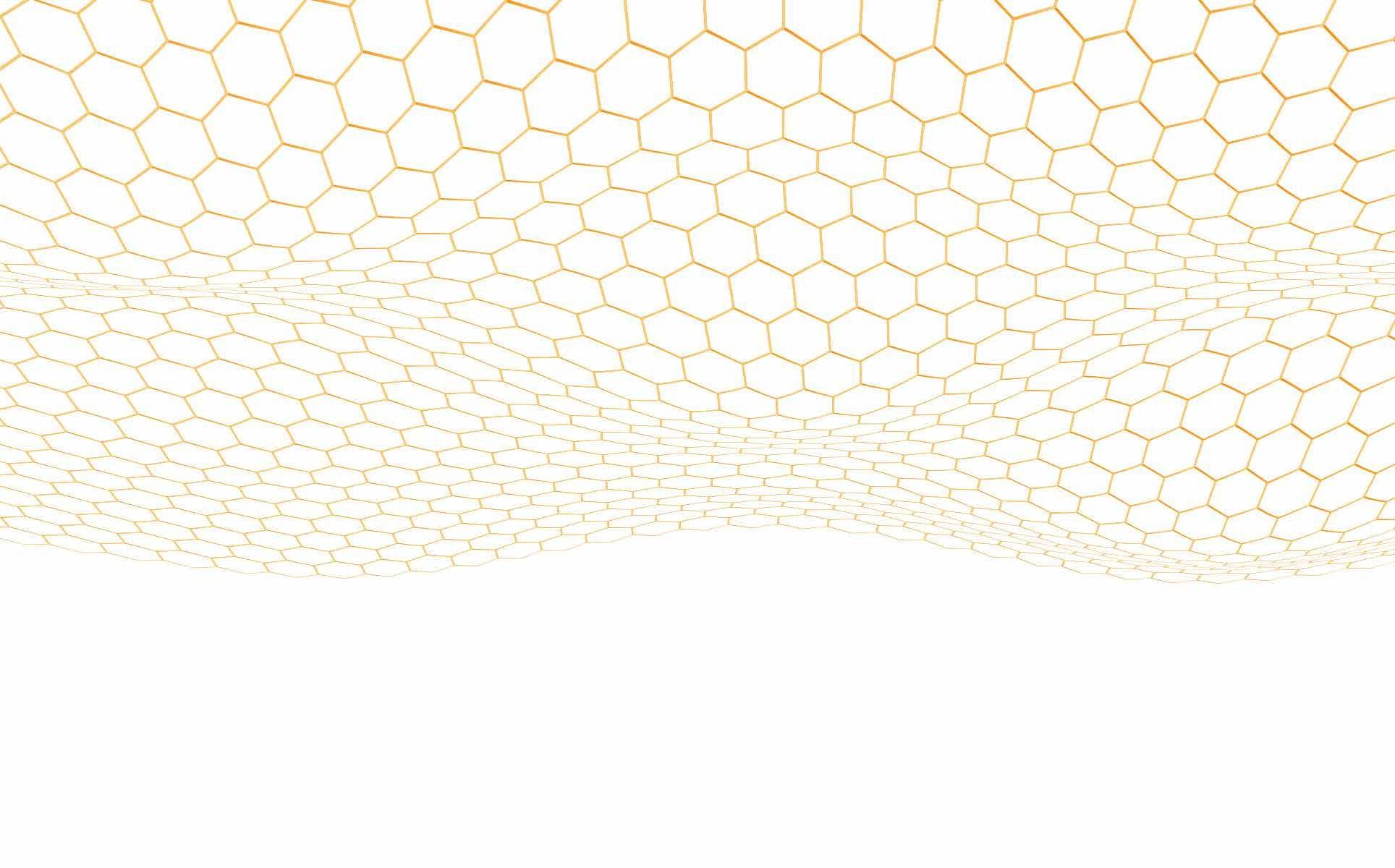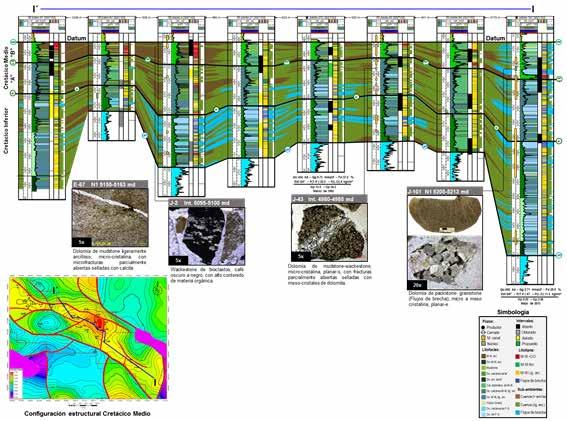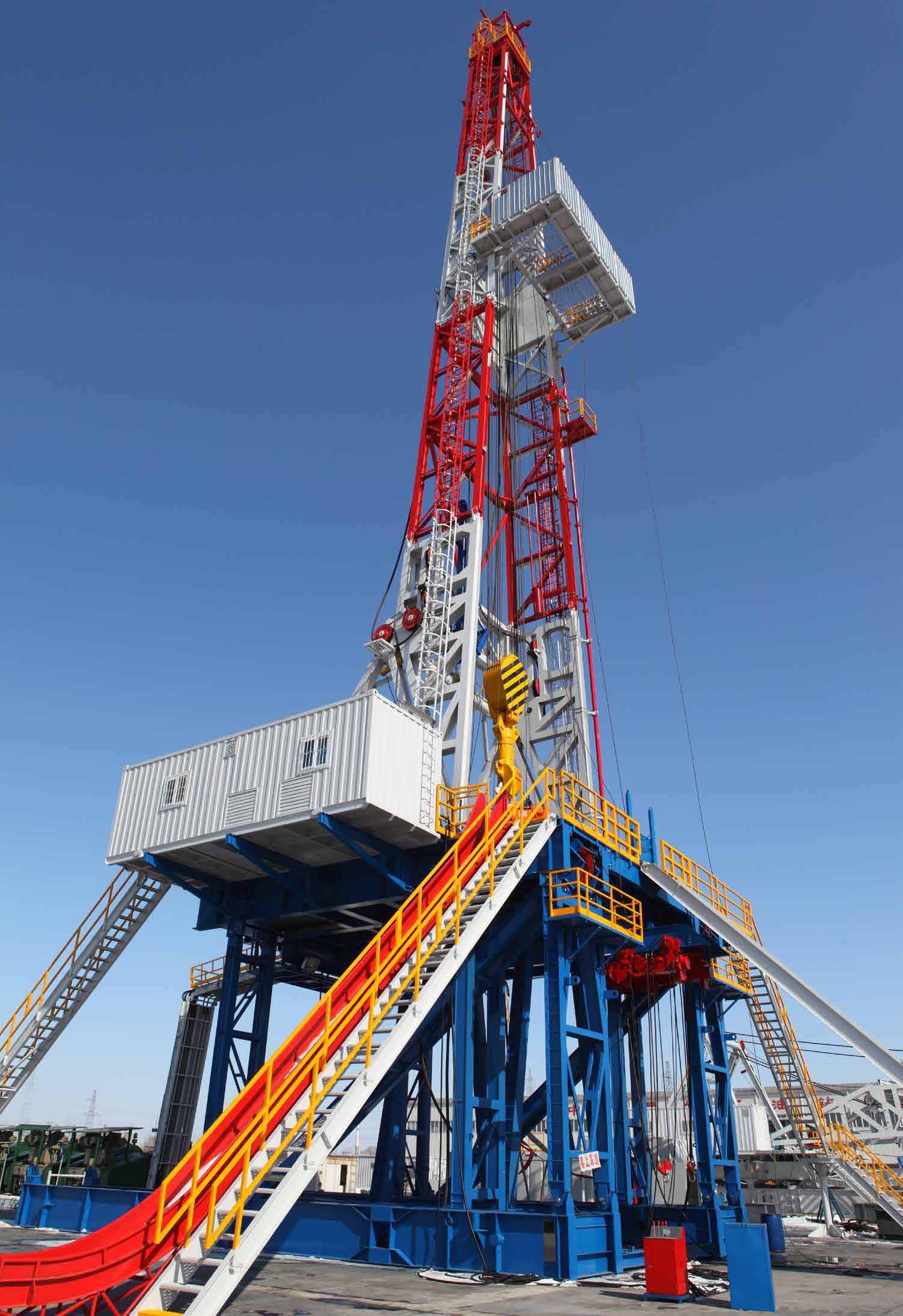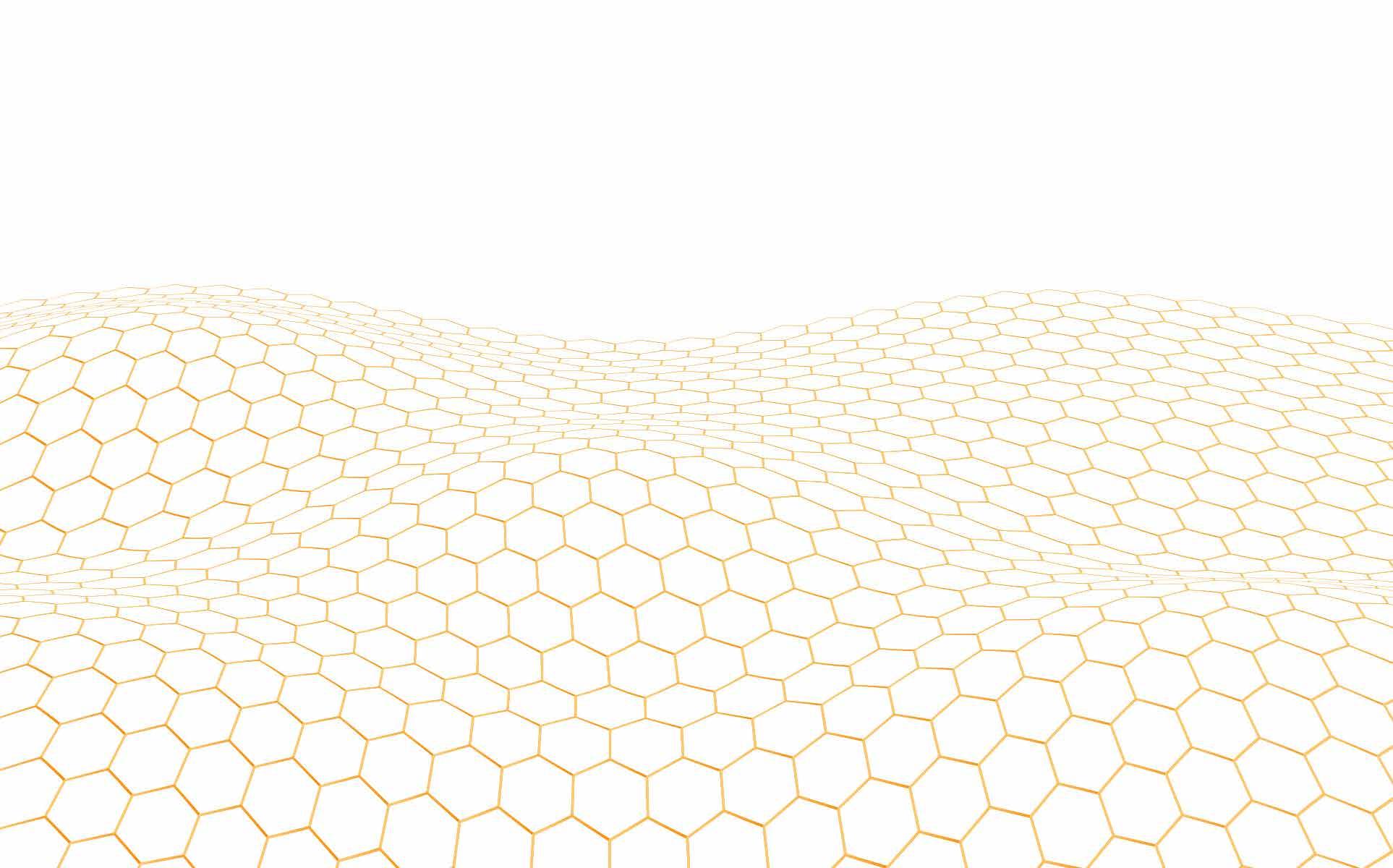
3 minute read
Interferencia atípica de


Interferencia atípica de producción entre pozos
Por / By : Anel Margarita Olmos Montoya, Luis Humberto Santiago García y Enrique Morán Montiel
La interferencia atípica de producción entre pozos que muestran un comportamiento dinámico complejo, caso pozo J-21C.
El presente trabajo mostró el análisis multidisciplinario que permitió comprender los efectos de producción observados en el pozo J-21C al cierre del pozo J-43; el cual debido a una obstrucción por sólidos se reparó mediante una reentrada incorporando producción de aceite y gas sin agua.
Durante el estudio, calibración del análisis estático con el análisis dinámico permitió dar sustento a las actividades incrementales con las que aún cuenta el pozo.
En este artículo se planteó una metodología a seguir que permita definir actividades incrementales bien enfocadas; con sustento técnico maximizando la recuperación de reservas con la optimización de recursos.
Al incorporar la metodología de estudio fue posible comprender a que están asociadas las diferencias del potencial productivo de los pozos en estudio.
Atypical production interference between wells
Atypical production interference between wells that show a complex dynamic behavior, case well J-21C.
The present work showed the multidisciplinary analysis that allowed understanding the production effects observed in the J-21C well when closing the J-43 well; which due to a blockage by solids was repaired by means of a reentry incorporating oil and gas production without water.
During the study, calibration of the static analysis with the dynamic analysis allowed


Las calibraciones de datos de producción con análisis de facies e interpretación petrofísica permiten detectar oportunidades con sustento técnico.
La identificación de problemáticas de los mecanismos de invasión de agua permite a los especialistas establecer en qué casos es conveniente efectuar cambios de intervalo; o si se opta por estrategias de reubicación de pozos mediante reentradas.
En el caso de estudio presentado se encontró que el intervalo disparado en el pozo J-21C se encuentra en la unidad de litofacies B; la cual no posee buenas características para producir en esa zona.
El potencial de aceite observado en el pozo J-21C en la formación KM proviene de la unidad de litofacie A, a través de una anomalía en el liner de 5; del análisis aquí dispuesto es posible establecer que la reparación mayor del pozo J-21C podría incorporar mayor producción de aceite al disparar la anomalía productora contactando una mayor área de flujo. supporting the incremental activities that the well still has.
In this article we proposed a methodology to follow in order to define well-focused incremental activities; with technical support, maximizing the recovery of reserves with the optimization of resources.
By incorporating the study methodology, it was possible to understand what the differences in the productive potential of the wells under study are associated with.
Production data calibrations with facies analysis and petrophysical interpretation allow detecting opportunities with technical support.
The identification of problematic water invasion mechanisms allows specialists to establish in which cases it is convenient to make interval changes; or if well relocation strategies are chosen through reentries.
In the case study presented, it was found that the perforated interval in the J-21C well is located in the B lithofacies unit; which does not have good characteristics to produce in that zone.
The oil potential observed in the J-21C well in the KM formation comes from the A lithofacies unit, through an anomaly in the 5 liner; from the analysis provided here it is possible to establish that the major repair of the J-21C well could incorporate more oil production by perforating the producing anomaly contacting a larger flowing area.



